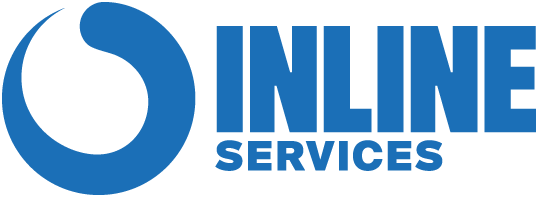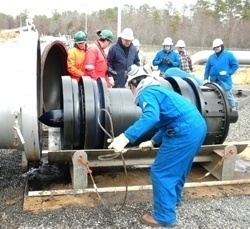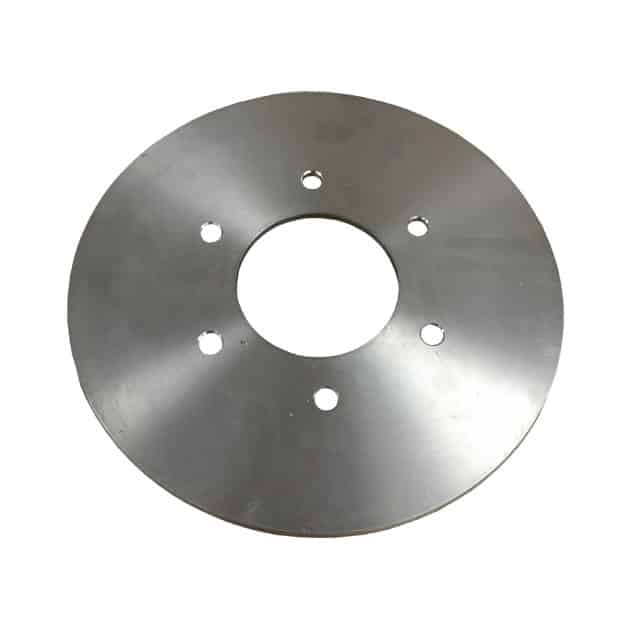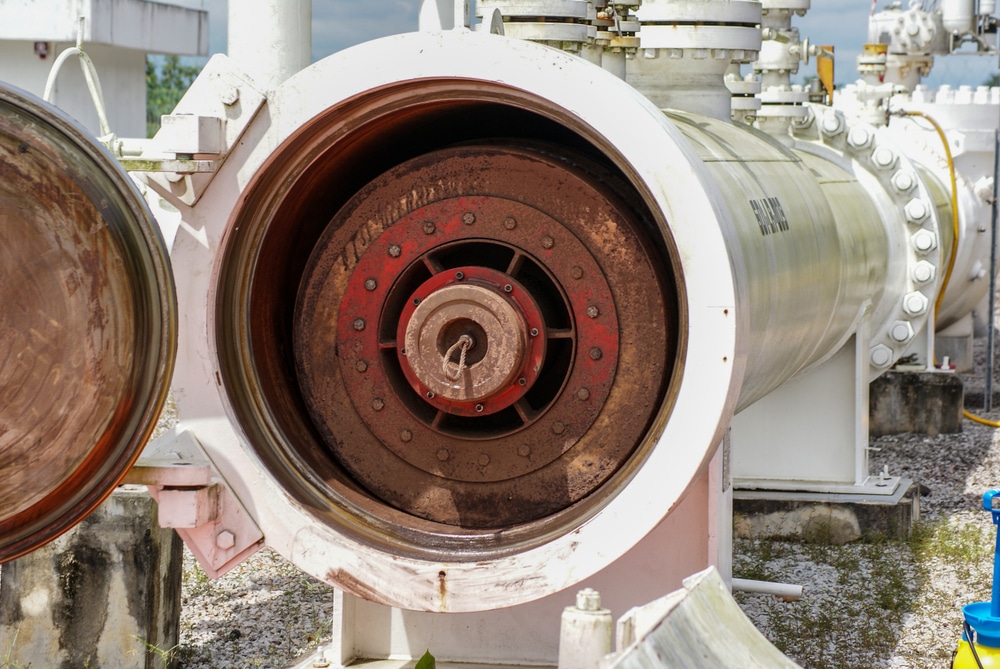Maintaining the integrity of pipelines is crucial for the safety of operations, the environment and to reduce costly downtime. This is where In-Line Inspection (ILI) tools come into play. For industry experts like Inline Services in Tomball, TX, leveraging the power of ILI tools has been a game changer in achieving accurate pigging results. In this blog post, we will explore the manifold advantages of using ILI tools in pipeline maintenance.
The Significance of ILI Tools in Pipeline Maintenance
In-Line Inspection tools, often referred to as “smart pigs,” are sophisticated devices that travel within a pipeline to inspect its condition. These tools are an integral component of the preventive maintenance programs of pipelines, providing key data on the integrity of the line and helping identify potential risks before they lead to failure.
Improved Safety and Reduced Risks
The primary benefit of using ILI tools lies in their ability to enhance safety by detecting anomalies such as cracks, corrosion, or other forms of metal loss that can lead to leaks or pipeline bursts. Early detection means these issues can be addressed before they result in environmental damage or endanger human lives. With accurate diagnostics, pipeline operators can focus on areas that need immediate attention, thus significantly improving the overall safety of pipeline operations.
Cost-Effectiveness and Efficiency
Traditional methods of inspection can be labor-intensive, time-consuming, and, therefore, costly. ILI tools, on the other hand, provide a more efficient way to assess the integrity of pipelines. They enable faster inspections with minimal disruption to service, as they can operate while the pipeline is live. This leads to a reduction in both operational costs and downtime, offering a highly cost-effective solution for pipeline integrity management.
High-Quality Data Acquisition
One of the distinguishable advantages of ILI tools is their ability to gather detailed data about the pipeline’s internal condition. They use various technologies, such as magnetic flux leakage (MFL), ultrasonic testing (UT), and others to capture comprehensive data across vast stretches of pipelines. This high-resolution data allows for the identification and sizing of potential issues with great accuracy, facilitating informed decision-making in maintenance planning.
Extended Pipeline Life and Asset Integrity
Regularly conducted ILI assessments help in extending the life of the asset. By identifying issues early and addressing them promptly, one can prevent the escalation of minor defects into major failures. This proactive approach to maintenance ensures that pipelines continue to operate at optimal levels, thereby safeguarding the integrity of the asset over its entire lifecycle.
Environmental Protection
The environmental implications of pipeline failure can be catastrophic. ILI tools play a crucial role in preventing such disasters by enabling the early detection of issues that could lead to leaks and spills. By maintaining pipeline health, operators are also fulfilling their responsibility toward protecting the environment from the potentially devastating impacts of pipeline malfunctions.
Compliance With Regulations
Regulatory bodies worldwide impose stringent standards and regulations on pipeline operators to ensure the systems’ safety. Utilizing ILI tools for inspections provides detailed reporting capabilities, which assists operators in complying with these regulations. Furthermore, these reports can be used to demonstrate due diligence and a commitment to maintaining the highest safety standards.
Streamlined Analysis and Predictive Maintenance
With advancements in technology, the analysis of data collected by ILI tools has become more sophisticated, allowing pipeline operators to forecast future pipeline behaviors. This predictive approach to maintenance helps operators allocate resources more effectively, thus further optimizing maintenance schedules and preventing failures before they occur.
Versatility in Application
Modern ILI tools are designed to handle a variety of pipeline sizes, materials, and product types. This versatility means they can be employed in different pipeline systems, making them an invaluable asset across the industry. Whether for oil, gas, or water pipelines, ILI tools can be adapted to the specific requirements of each system.
Wrapping Up
For companies like Inline Services in Tomball, TX, the adoption of ILI tools is more than just an investment in technology—it’s a commitment to excellence in pipeline management. The shift towards incorporating these advanced diagnostic devices provides extensive benefits, from enhanced safety to regulatory compliance and environmental protection.
Pipeline operators who capitalize on the capabilities of ILI tools position themselves as responsible and forward-thinking industry leaders. With the continuous evolution of inspection technologies, the horizon for pipeline integrity management looks bright and assured.
Contact Inline Services Today
Contact the experts at Inline Services today to learn more about ILI tools and how we can benefit your pipeline operations. With over 30 years of experience in providing top-quality ILI services, we are committed to helping our clients achieve optimal results in pipeline maintenance. Let us help you streamline your inspection processes and enhance the safety and efficiency of your pipelines.




